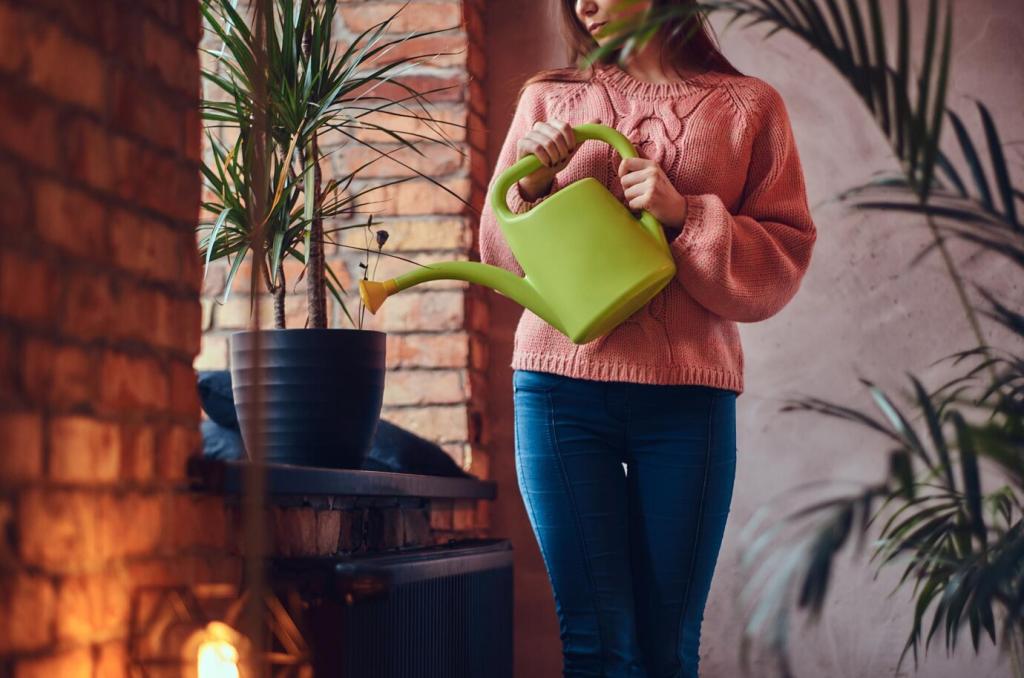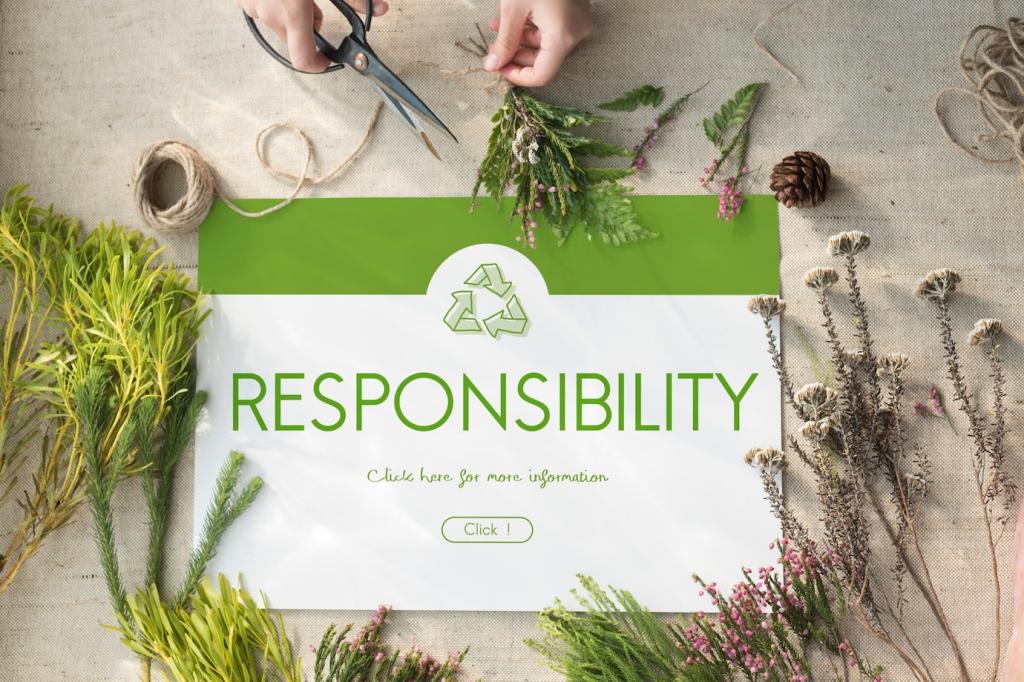Biodegradable Household Items: Small Choices, Big Planet Impact
Chosen theme: Biodegradable Household Items. Step into a home where everyday objects return gracefully to nature. We’ll demystify labels, swap plastic for plant-based alternatives, and share real-life stories that make sustainable living feel welcoming and doable. Subscribe and tell us which biodegradable swap you’re excited to try first!

What “Biodegradable” Really Means at Home
Biodegradable vs. Compostable, Plainly Explained
Biodegradable items are designed to break down via microorganisms into water, carbon dioxide, and biomass. Compostable items do that too, but within defined timeframes and conditions, leaving no toxic residue. Translation: all compostable items are biodegradable, but not all biodegradable items meet composting standards or timelines.
Timeframes and Conditions Matter
Decomposition needs oxygen, moisture, and the right temperature. Your backyard bin differs from curbside industrial composting, and landfills are often anaerobic. That’s why some bioplastics won’t break down quickly in a landfill. Match each item to the appropriate end-of-life path to deliver the results the label promises.
Look for Certifications, Not Hype
Trust recognized standards like BPI Certified Compostable, OK compost HOME or INDUSTRIAL, and EN 13432. Be wary of vague claims like “oxo-degradable,” which often means plastics that fragment into microplastics. Read the fine print, check local acceptance, and share certifications you’ve found helpful with our community.


Kitchen Swaps You’ll Actually Love
Plant-based cellulose sponges and natural loofahs scrub beautifully, dry fast, and compost at end of life. Cut them into quarters to extend use and reduce waste. My grandmother swore by dried loofah gourds; decades later, I still love how they clean pans without shedding plastic fibers.
Kitchen Swaps You’ll Actually Love
Compostable liners shine when used for food scraps destined for industrial composting. Store them cool and dry to prevent premature weakening. If odors worry you, freeze scraps before collection day. I learned this trick during a humid summer, and the kitchen stayed fresh without sacrificing compostable choices.
Bathroom, But Greener
Swap to bamboo toothbrush handles and compost them after removing bristles. Choose real compostable floss like silk coated with plant wax, packed in refillable glass or cardboard. The ritual feels pleasantly natural, and those tiny choices add up quickly when you replace bathroom essentials every few months.


Laundry and Cleaning Without Plastic Afterlife
Look for plant-derived powder detergents packaged in cardboard. Many formulas are readily biodegradable and gray-water friendly. Measure carefully, pre-treat stains with biodegradable soap, and line-dry when possible. If you’ve found a brand that cleans well in cold water, share your experience to help other readers switch confidently.
Laundry and Cleaning Without Plastic Afterlife
Reusable cellulose cloths and cotton “unpaper” towels soak up spills, then compost when threadbare. Wash them with gentle detergent, skip fabric softeners, and sun-dry to refresh. We cut old tees into squares for messy meals, saving rolls of disposables each month. What’s your favorite low-lint fabric?
Home compost thrives on balanced browns and greens; it excels with food scraps, paper, loofah, and natural fabrics. Some bioplastics need higher heat from industrial facilities. Check your city’s acceptance list. If industrial options are available, label a dedicated bin so roommates don’t mix the wrong items.
Composting 101 for Household Items
Try a ventilated caddy with a compostable liner or a countertop crock with a charcoal filter. Keep a small bag of browns—shredded paper or dried leaves—to layer and minimize odor. Subscribe for our weekly checklist, and tell us your trick for keeping fruit flies away during peak summer.
Composting 101 for Household Items
Cost per Use Beats Sticker Price
Calculate value across months, not days. A beeswax wrap can replace dozens of plastic bags over a year. Cellulose sponges cut into quarters last longer. Track savings for one month and report back in the comments. Your numbers might nudge a hesitant friend to take the leap today.
Care Routines That Extend Life
Rinse sponges, let them dry well, and occasionally sanitize with boiling water. Store compostable liners in a cool cabinet. Oil wooden handles, wash cloths in cool water, and avoid harsh bleach that shortens lifespan. Share your maintenance ritual so others can keep their biodegradable gear working beautifully.
Anecdote: The Week I Tracked My Trash
I weighed my trash daily for seven days after switching kitchen and bathroom staples. Volume dropped by nearly a third, odors improved, and my kids actually asked about compost science at dinner. Challenge yourself for a week and tell us your biggest surprise—then subscribe for more simple experiments.
